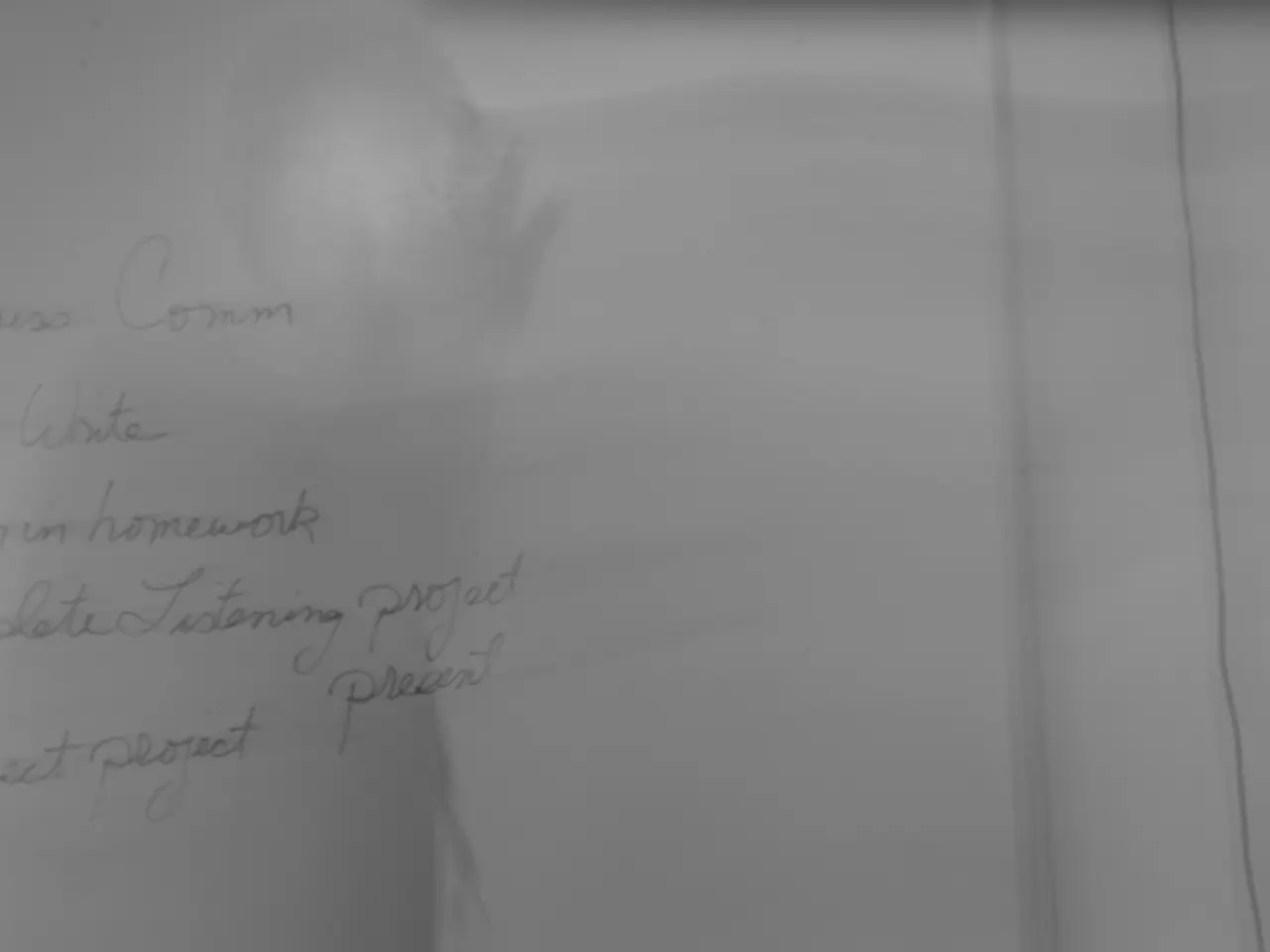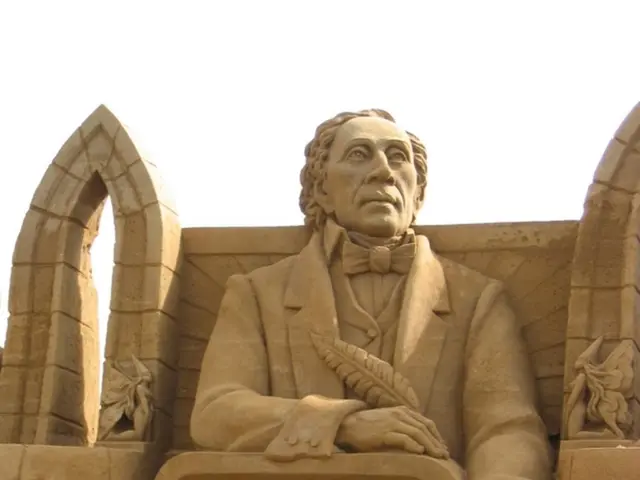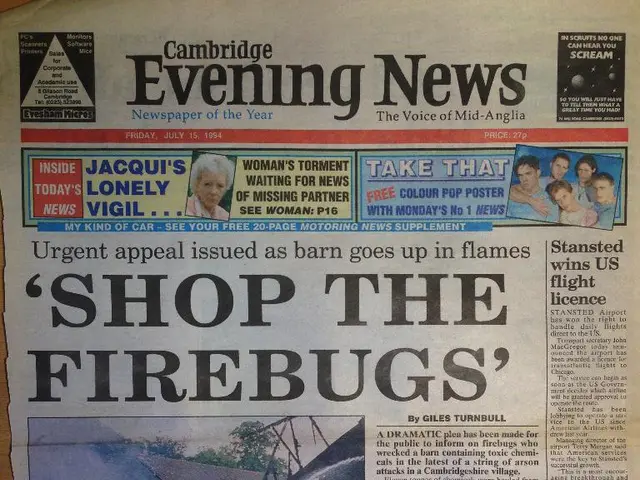U.S. Government Enters Third Shutdown Under Trump
The U.S. government has entered a partial shutdown, marking the third time President Donald Trump has overseen a federal funding lapse. This shutdown, like the previous ones, is a result of a polarized divide over budget priorities and a political climate that encourages hardline positions.
President Trump's deportation agenda is set to continue during the shutdown, while essential services like education, environmental protection, and others may face disruptions. Medicare and Medicaid health care programs are expected to continue, but staffing shortages could lead to delays in some services. The Trump administration has directed agencies to prepare for mass firings of federal workers, in addition to furloughs, as part of its mission to shrink the federal government.
An economic jolt could be felt within days, with the government's monthly jobs report potentially not being released on Friday. Many government offices will be closed, and some may close permanently as President Trump vows to take irreversible actions. The shutdown comes after Republicans refused to negotiate with Democrats and encouraged President Trump to avoid talks, leading to a protracted shutdown. Approximately 750,000 federal workers are expected to be furloughed, with some potentially facing termination.
In a private meeting this week, key Democratic and Republican leaders, including Senate Minority Leader Chuck Schumer and House Minority Leader Hakeem Jeffries, met with President Trump to negotiate the continuation of federal programs and services. Democrats are demanding funding for health care subsidies that are expiring under the Affordable Care Act, which would increase insurance premiums nationwide.
The shutdown highlights the deep political divisions in the U.S., with both parties digging in their heels over their respective priorities. The impact on federal workers and essential services remains to be seen, as the shutdown continues with no immediate end in sight.
Read also:
- ICE directed to enhance detention conditions following NYC immigrants' allegations of maltreatment
- Israeli finance minister issues warnings about potential annexation of West Bank territories
- United States faces rebuttal from South Africa over allegedly deceitful human rights report and assertions of land expropriation
- Accident at Rodalben Results in Injuries; Geoskop Area near Kusel Affected After Stormy Weather








